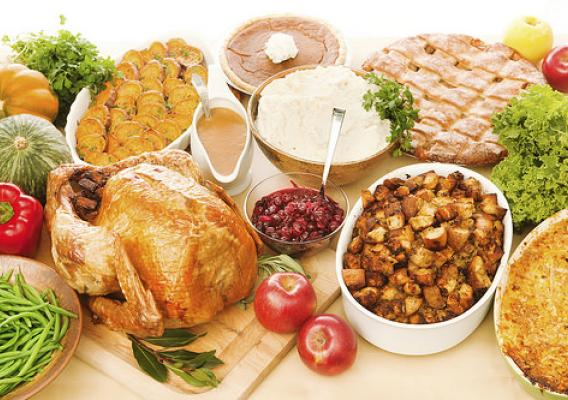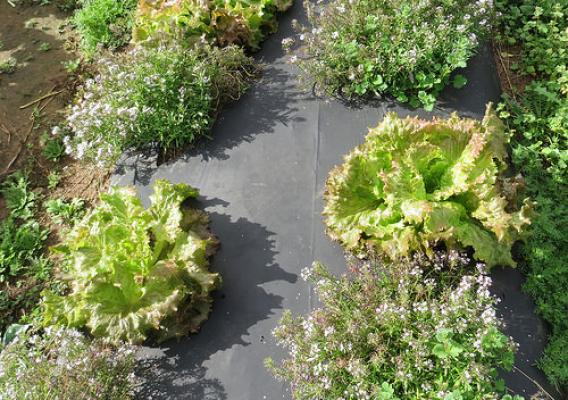Today kicked off “Get Smart about Antibiotics” week in the United States and the World Health Organization’s World Antibiotic Awareness Week in 2016. During this week, the U.S. Department of Agriculture (USDA) and its other federal partners want to remind families and communities about the importance of responsible antibiotic use in both humans and animals, to help reduce the development of resistant bacteria. This week, we also celebrate the 20th anniversary of the National Antimicrobial Resistance Monitoring System (NARMS). Through NARMS, USDA, the U.S. Food and Drug Administration (FDA) and the Centers for Disease Control and Prevention (CDC) collaborate on everything relating to antimicrobial resistant bacteria. Since 1996, USDA’s Agricultural Research Service (ARS) and the Food Safety and Inspection Service (FSIS) have been active participants in this combined federal surveillance program.
So, what is antimicrobial resistance? As you might recall, in 1928, Dr. Alexander Fleming discovered penicillin, a drug that revolutionized the treatment of bacterial infections. In the years following, penicillin and the discovery and therapeutic use of other antibiotics, we have relied on antibiotics to treat and cure a variety of illnesses - in both humans and animals, across the globe. The use of these drugs has aided in the development of resistant strains of bacteria. Unfortunately, this development means that some previously treatable forms of bacterial infections are now resistant to the antibiotics that were designed to treat them. It is estimated that the decrease in effectiveness of antibiotics, results in more than two million U.S. cases of antibiotic resistant infections, annually. Some of these types of infections might require longer hospital stays and are more costly to treat successfully.







